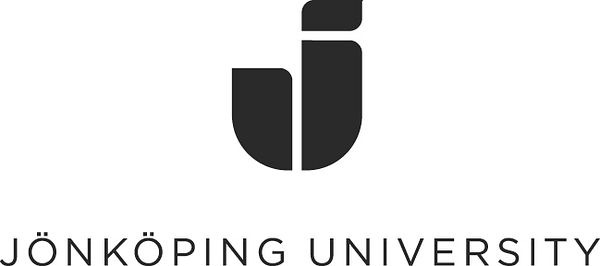Press release -
To understand, evaluate, and follow patients’ pain
In a new PhD dissertation from Jönköping University, Lotta Wikström has investigated how pain assessment can be used systematically to provide better pain relief, measure health care quality and identify patients at risk at an early stage.
There are several scales used in health care to assess pain. The most common is the Numeric Rating Scale, where the pain is judged from 0 (no pain) to 10 (worst possible pain). The numbers work as a common language, both between different staff groups and between staff and patients. Since pain is difficult to evaluate and document with words, the scale is supposed to be a starting point to talk about pain.
But there are difficulties connected to the scale; it is interpreted differently depending on the individual's background, according to Lotta Wikström. She has worked as a pain nurse in the team for postoperative pain at Ryhov County Hospital for 13 years, and before that for ten years as a specialist nurse in intensive care, and she has also taught students. In her work, she noticed that the pain scale wasn’t being used in a structured way, that there was no consensus, and that it was difficult to teach it so that healthcare professionals could understand its different interpretations.
“I wanted to find out if we could use the scale for something more than the patient meeting”, she says. “It should be possible to use it in daily clinical work to measure the department’s quality and to provide correct pain management for different patient groups.”
In her thesis, Lotta Wikström has focused on pain during the first few days after surgery. She has interviewed nurses and doctors, and conducted a survey among patients. The staff confirmed that they use the pain scale. It helps them discover when the patient is in pain, and to follow the pain over time.
The goal of post-operative care is that the patient can get out of bed, eat and drink, and rest from the pain. When you reach that point depends on the individual, and pain assessment is complex. When care times are shortened, day surgery is becoming more common, and even overnight patients are sent home earlier, staff must be able to give information about the normal pain course and provide proper pain relief.
By systematically using the pain scale, it is possible to get an overview of how the normal range of pain decreases in the first days after surgery. This is necessary because the technology used in operations is constantly being developed and renewed.
“Even people with severe pain sometimes think it's normal and that it will pass, and they do not always contact the hospital”, says Lotta Wikström. “With the help of the Numeric Rating Scale, patients with risk of developing severe or even chronic pain can be identified at an early stage, and additional measures can be taken.
Lotta Wikström successfully defended her dissertation The clinical utility of patients' self-rated postoperative pain after major surgery - the perspective of healthcare professionals at the School of Health and Welfare, Jönköping University, on May 11th.
Related links
Topics
- Health Care, Health Service
Categories
- school of health and welfare
Jönköping University Foundation is one of three independent institutions of higher education in Sweden offering postgraduate programmes. It is characterised by focused profiles, internationalisation, an entrepreneurial spirit and collaboration with surrounding society. Research and education are carried out at four schools: Jönköping International Business School, School of Education and Communication, School of Engineering and School of Health and Welfare. Jönköping University has some 10,000 registered students, 725 employees and a turnover of approximately SEK 800 million.
